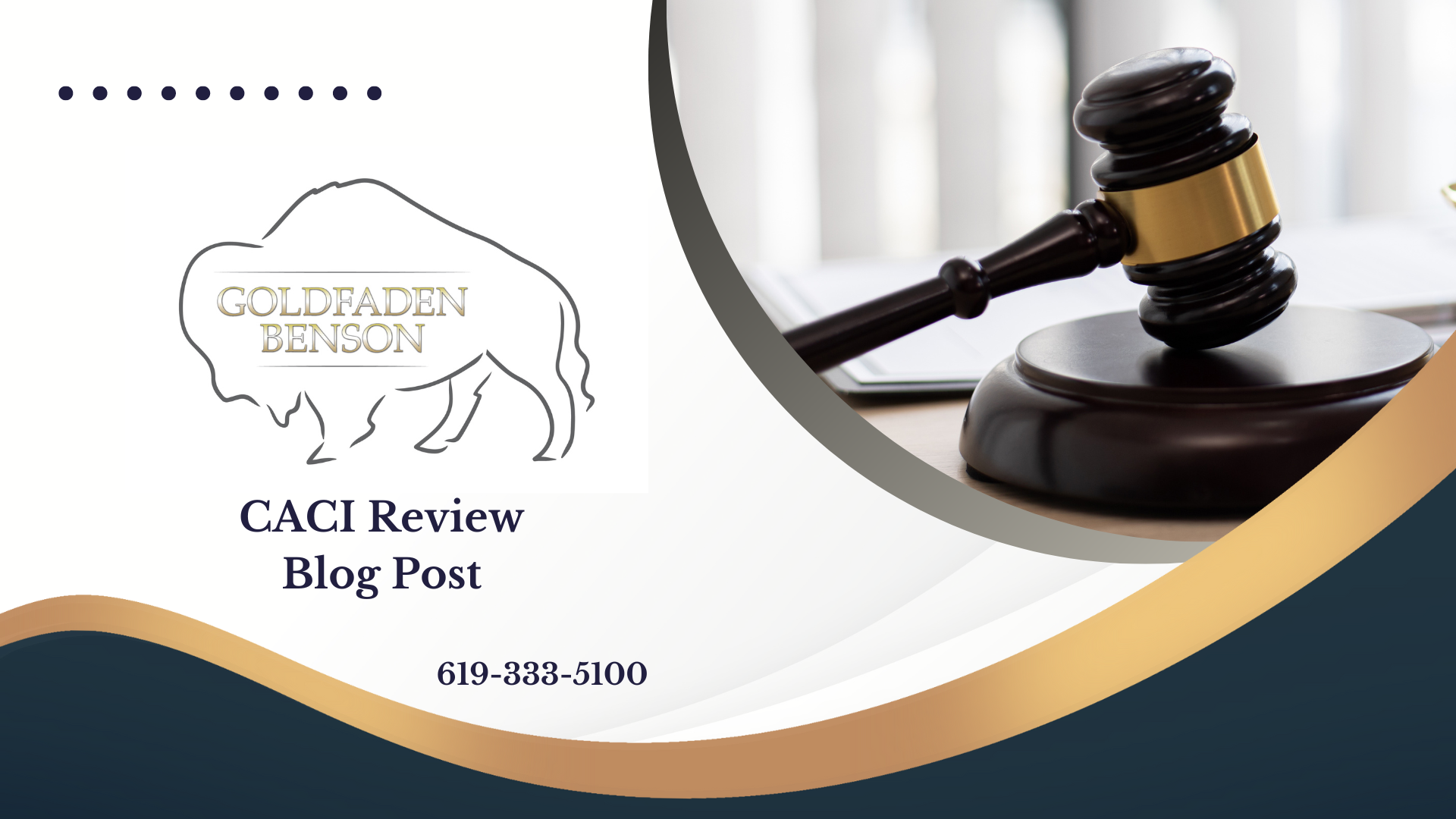Understanding Negligence in Personal Injury Law
Negligence is a key component of personal injury law, serving as the foundation for many claims. If you have suffered harm due to someone else's actions, you may fall under the umbrella of negligence. This blog post will explain the essential elements of a negligence claim so that you can better understand what is necessary to prevail in such a case.
Key Elements of Negligence
In order to establish a case for negligence, three main points must be proven:
1. **Duty of Care**: The first step is proving that the defendant owed a legal duty to exercise reasonable care for the plaintiff’s safety. This means that a person, such as a driver, doctor, or property owner, must act in a manner that reasonably ensures the safety of others. For example, drivers must adhere to traffic laws to prevent accidents.
2. **Breach of Duty**: Next, you need to show that this duty was violated. A breach occurs when a person fails to act as a reasonably prudent individual would under similar circumstances. If a driver speeds through a red light, causing an accident, that driver has breached their duty to other road users.
3. **Causation and Harm**: Finally, it's essential to prove that the breach of duty directly caused the harm suffered by the plaintiff. This means showing that the defendant's negligent actions were a substantial factor in bringing about the injury. For instance, if the driver’s reckless behavior was the reason for an accident, causing injury to another person, causation is established.
Real-World Example
Imagine you're shopping at a grocery store, and there's a spill in an aisle that hasn’t been cleaned up. If you slip and injure yourself due to that spill, you may have a negligence claim against the store. To succeed, you must demonstrate that:
- The store had a duty to keep the premises safe.
- They breached this duty by not cleaning the spill promptly.
- Your injury was caused by that spill, without which you would not have fallen.
The burden of proof rests on you, the plaintiff. You must present clear evidence that the elements above were present to establish negligence and recover damages for your injuries.
Contact Us for Further Inquiry
If you suspect you might have a negligence case but are unsure about your next step, consider reaching out. At Goldfaden Benson, our team is here to help. We can provide guidance on navigating your questions and determining how to proceed. If you need assistance with your personal injury claim, don't hesitate to reach out through our [contact page](https://www.goldfadenbenson.com/contact-us).
Stay informed about your rights and the complexities of personal injury law—understanding how negligence works could make all the difference in securing the justice you deserve. Would you like to learn more about how negligence applies in specific situations?








